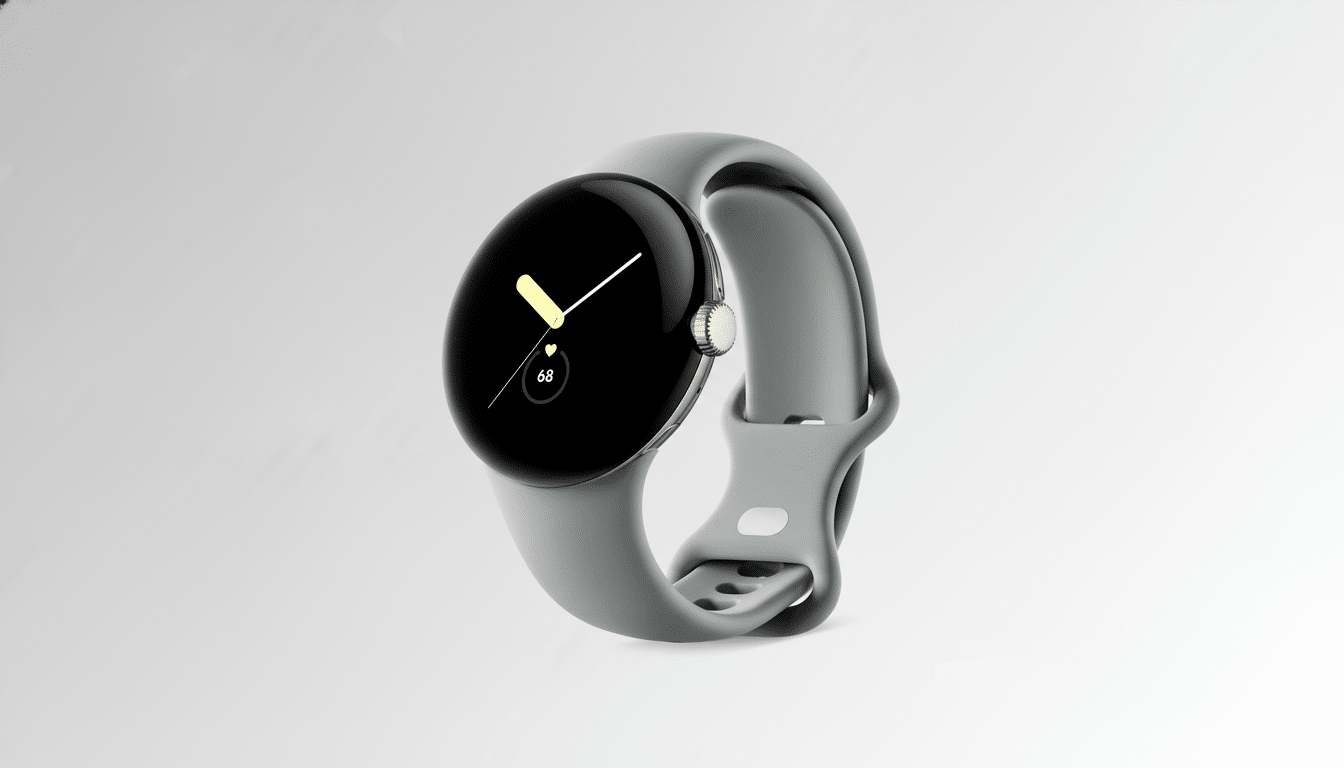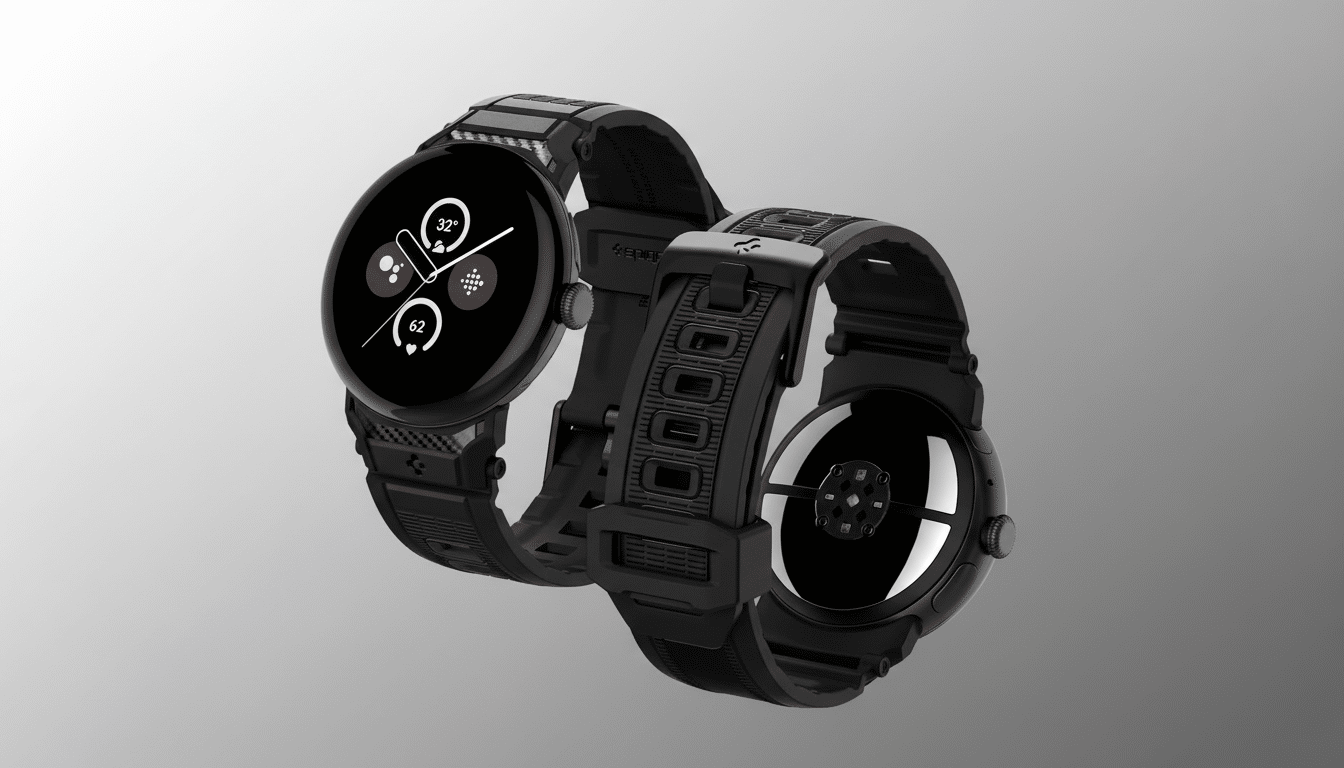“OK Google” had its moment. But the most natural way to talk to Gemini right now is more of a gesture than a hotword. On the Pixel Watch 4, raise-to-talk makes voice input feel pared down, private, and device-specific; it’s a rare case where the assistant seems like it finally belongs with how we actually glide through our lives.
Why Hotwords Fell Behind on Everyday Assistants
Hotwords were created for rooms, not wrists. And in homes with multiple devices, a single “Hey Google” can wake the kitchen display, a Nest speaker in the bedroom, and your phone all at once. Arbitration, as Google has built it, aims to ensure only one device responds. You can spend years refining it, but in the end it still feels like something you’re not fully in control of. According to NPR and Edison Research’s Smart Audio studies, many smart-speaker homes have several devices that can answer questions, exacerbating the “who answers me” problem.

False activations add friction. Academic research out of Northeastern University and Imperial College London has quantified how TV dialogue and words that sound similar can unwittingly set off assistants. Conversely, the flip side of that failure — the assistant not listening when it’s supposed to — also forces people out of their comfort zone and lowers trust. A wake phrase that is prone to misfiring, or, depending upon the environment, can be drowned out by competing noise, turning the headphones’ situational awareness into a bad match for on the go.
How Raise to Talk Works on Pixel Watch 4
On the Pixel Watch 4, you lift your wrist to your mouth and begin talking. It listens; a blue Gemini animation confirms this. It’s the motion that is the cue; you’re not shouting across the room, and you don’t go searching for a long-press. And because the watch is the clear terminus, there’s no device ambiguity — your query lands exactly where you mean it to.
It is a great accompaniment to day-to-day activities. Sitting at a desk, it’s a quick way to start a timer, turn on lights, or send a message without touching a keyboard. In the kitchen, it’s great for conversions and hands-free timers. On a bus or in line somewhere, getting the watch near your face allows for a quick and quiet exchange without having to announce it to everyone around you.
This isn’t a new concept in theory—I’ve been wondering why I can’t use Apple’s Raise to Speak for Siri from my wrist (what, is it not enough that I just stare at my iPhone all day?) on an Apple Watch the way I could when that first feature came to Gen 1 AirPods—but Google bringing a polished version of this out the door on Gemini on a Pixel Watch matters because it taps into the company’s assistant ecosystem and smart home footprint. The experience is at last catching up to the promise of ambient computing.
Fewer False Wakes and More Privacy With Gestures
Invoking with gesture first decreases the chances of devices across the room responding unintentionally, and it reduces (but does not completely eliminate) the “which one is closest” roulette. It’s inherently more private, too. You don’t have to shout at it, and you can look down at the screen as a confirmation that Gemini got what you just said before it responds.

There are still edge cases. Fast wrist moves can sometimes yield false positives, and Google will have to tweak sensor thresholds and on-device models to discern an intentional raise from a casual check. The silver lining is that our inputs — orientation, movement, proximity to the face, and voice onset — are rich enough that, over time, machine learning can get better and better without having to send the raw audio off to the cloud.
More crucially, raise-to-talk steers the voice toward “deliberate input,” a concept that usability researchers at places like Carnegie Mellon have been promoting for years. When the user intent is clear, assistants are able to respond more quickly and also with better quality. The cycle becomes a little tighter: Lift, talk, confirm, done.
What This Means for Gemini Everywhere You Use It
If Google wants Gemini to be everywhere and nowhere, then ditching hotwords is the way to do it. Watches may rely on raises, phones can rest on lift-to-speak or double-tap actions, earbuds could take to a pinch, and TVs may save a squeeze of the remote. Every form factor has a physical tell that’s better than barking out an access phrase.
That doesn’t mean hotwords should go away completely. They are still useful for smart displays across the room, or when your hands are full and there’s no time to make a gesture. But for things that I have control over, like personal devices — watches, phones, earbuds — the sensible default should involve intentional, context-aware triggers to suppress noise and boost reliability.
The move makes sense in the bigger context: on-device models, like Gemini Nano’s, are driving lower latency and better wake-in capabilities; privacy norms rightly dictate local processing; and the household load is jam-packed with more connected doodads than ever. The better assistant is the one you can speak to naturally, without having to think about voodoo magic words.
The Era After ‘OK Google’: Gestures Take the Lead
On Pixel Watch 4, raise-to-talk makes Gemini instantaneous, personal, and dependable. It’s a kind of tidying-up-the-airwaves, mistake-paring-back, and respecting-of-context thing. If the hotwords were the necessary nostalgic midpoint toward voice computing, gestures are what you upgrade to next. For many of us, we won’t miss “OK Google.”

